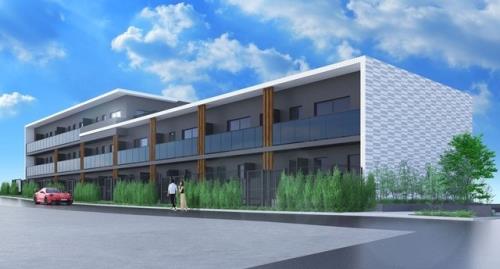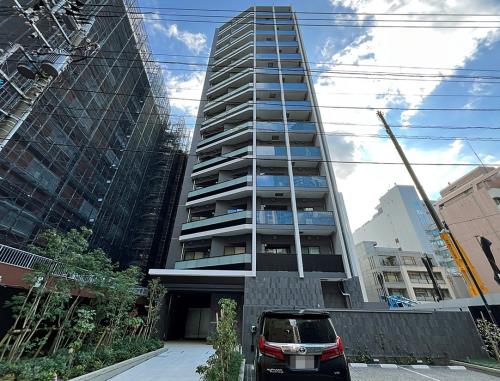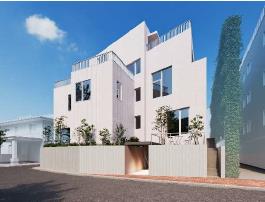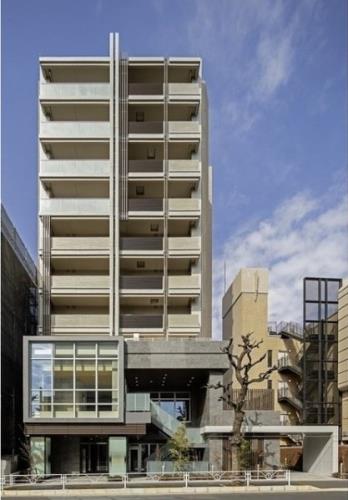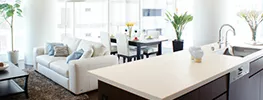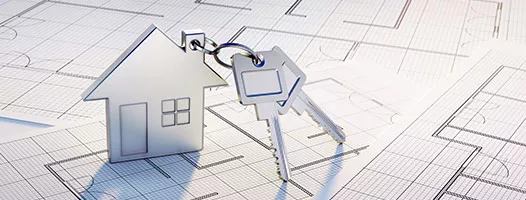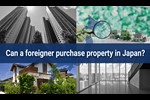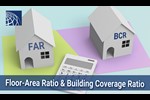Condominium Unit Ownership Act to be revised in 2024 - What will change?

The increase in the number of dilapidated condominium apartments is a social problem in Japan, especially in the Tokyo area where many apartments are built, but there are various obstacles to a resolution to rebuild, such as owners whose whereabouts are unknown or who live abroad. Therefore, in order to promote the reconstruction of aging apartments, the revision of Condominium Unit Ownership Act will be carried out by the end of 2024.
What is Condominium Unit Ownership Act? (Formal name: Act on Building Unit Ownership, etc.)
It is a law that stipulates the rights and the methods of management and maintenance related to buildings under unit ownership such as condominiums. Since it is a law, there are penalties for violating it.
*"Condominium Management Bylaws", which are also handed to you when you move into a rental apartment, are rules that also apply to residents who do not own condominiums, as each condominium has its own set of 'Rules for the use of condominiums' based on 'Standard Condominium Management Bylaws' prepared by the Ministry of Land, Infrastructure and Transport.
Why is it being revised?
According to data from the Ministry of Land, Infrastructure, Transport and Tourism, the number of condominiums
in stock nationwide is 6.55 million units, with more than 15 million residents (as of the end of 2018).
Among them, condominiums over 40 years old were 1.156million units as of 2021, and it is estimated that these will be 1.697 million units in 2026, and 2.491 million units in 2031. On the other hand, there is the fact that only 282 condominiums have been rebuilt, totaling approximately 23,000 units (as of March 2023). The increase in dilapidated condominiums has caused various problems. Therefore, it has become an urgent issue to revise the law to facilitate the smooth revitalization of condominiums.
Problems with dilapidated condominiums
Deterioration of exterior walls, concrete, piping, etc.
If left unrepaired, there is a risk of damage to the surrounding area caused by peeling external walls and the possibility of water leakage, but repairs cost a lot of money and the cost is increasing year by year.
Earthquake resistance
In earthquake-prone Japan, the earthquake resistance of buildings is very important. Building Standard Act was revised in 1981 to tighten the earthquake resistance standards and reduce damage caused by earthquakes. Buildings for which a construction permit was received prior to the revision are classified as "Properties with Old Earthquake Resistance Standards” and come with the standard that there should be no major damage from a moderate earthquake of intensity 5 or higher. Buildings for which a construction permit was received after the revision are classified as "Properties with New Earthquake Resistance Standard" and come with the standard that there should be no collapse in a large-scale earthquake with a seismic intensity of about 6.
Dilapidated condominiums fall under the category of " Earthquake Resistance of Buildings in Japan — What to Know".
Decline in asset value
With the exception of vintage condominiums that are in a very well-managed state and condominiums that have been renovated at a high cost, the asset value of older condominiums tends to be lower because new condominiums are in higher demand.
Rise in vacancies
Older condominiums have lower demand and therefore higher vacancy rates. Low occupancy leads to insufficient reserve fund for repair and maintenance costs and poor management, leading to further vacancies.
Details of the revision
The current Condominium Unit Ownership Act stipulates the following resolution requirements to ensure that condominiums are properly maintained and managed.
| Matters to be resolved | Majority Voting Requirements |
| Ordinary resolution: Simple repairs to common areas (e.g. installation of ramps, repair of external walls) | More than half |
| Special resolution: Major alterations, extensions and renovations to common areas | More than three-quarters |
| Reconstruction | More than four-fifths |
To change the parameter of majority rule
As the majority vote is based on all unit owners, unit owners whose whereabouts, etc. are unknown are treated in the same way as objectors, preventing a smooth resolution. Therefore, if there is a request from the management association, etc., it is being considered to exclude unit owners whose whereabouts etc. are unknown from the population of resolutions, with the involvement of the courts, etc.
To enable resolutions by majority vote of attendees
Even if the whereabouts of the owner are known, there are many cases where the owner cannot participate in the meeting due to overseas resident, illness, old age, etc. Owners who do not attend meetings are treated in the same way as objectors, which also prevents the smooth resolution process. Therefore, it is being considered to make it possible for ordinary resolutions and some other resolutions to be resolved by a majority vote of the attendees.
In light of the recent increase in property purchases by foreign investors who do not reside in Japan, itl is also being considered to include unit owners who exercise their voting rights in writing or by electromagnetic means, or by proxy, as 'unit owners present'.
>> Can a foreigner purchase property in Japan?
Relaxation of requirements for resolutions to change the common areas
Major changes to common areas require a three-quarters majority, but the requirement is not easy to meet, and hinders the implementation of highly necessary works. Therefore, it is being considered that the changes can only be made by a two-thirds majority if the following requirements are met:
・When there is a risk of infringing on the rights of others due to a lack of safety in the common area, and the changes to the common area are necessary to remove the unsafe parts.
・ When the changes to the common areas are necessary to accommodate barrier-free access.
・Relaxation of majority voting requirements for resolutions to reconstruct a building
The majority voting requirement for resolutions to reconstruct a building is four-fifths or more. Since the strictness of this requirement is hindering rapid reconstruction, it is being considered that the reconstruction can only be made by a three-quarters majority if the following requirements are met:
・When there is a problem with earthquake resistance
・When safety against fire is not sufficient
・When there is a risk of the exterior walls, etc. falling off and causing harm to the surrounding area.
・ When there are significant sanitary problems due to damage, corrosion or deterioration of water supply, drainage or other pipework facilities.
・When it does not conform to barrier-free standards.
Summary
Even older condominiums can be reinforced against earthquakes and regularly maintained and renovated, so not all old condominiums need to be reconstructed. However, it is a very important issue to curb the number of dilapidated condominiums that have problems with habitability and to increase the number of safe condominiums where people can live comfortably.
Even if this revision of the Act is made, there may not be a significant increase in repairs and reconstruction, as it remains difficult to meet the requirements for majority voting and there is a significant cost burden for repairs and reconstruction. However, it is hoped that the number of unsafe, dilapidated condominiums will decrease, and that owners will become more interested in the state of management and the way their condominiums are run.
Please note that the information explained here is not yet finalized and may change in the future. Also, there are many other items that are planned to be changed in addition to those explained here.

- Rental Apartments & Houses in Tokyo
- Listings of popular and luxurious rental apartments, condominiums, and houses designed with expats in mind.

- Apartments & Houses for Sale in Tokyo
- Listings of apartments, condominiums, and houses available for purchase in Tokyo.







